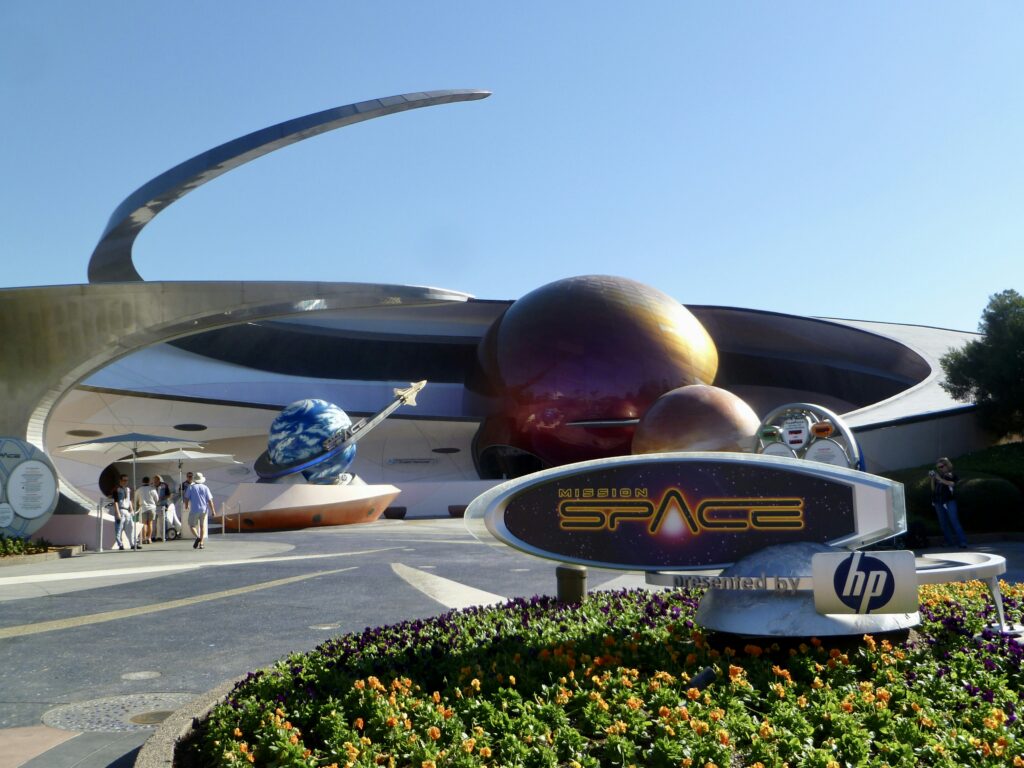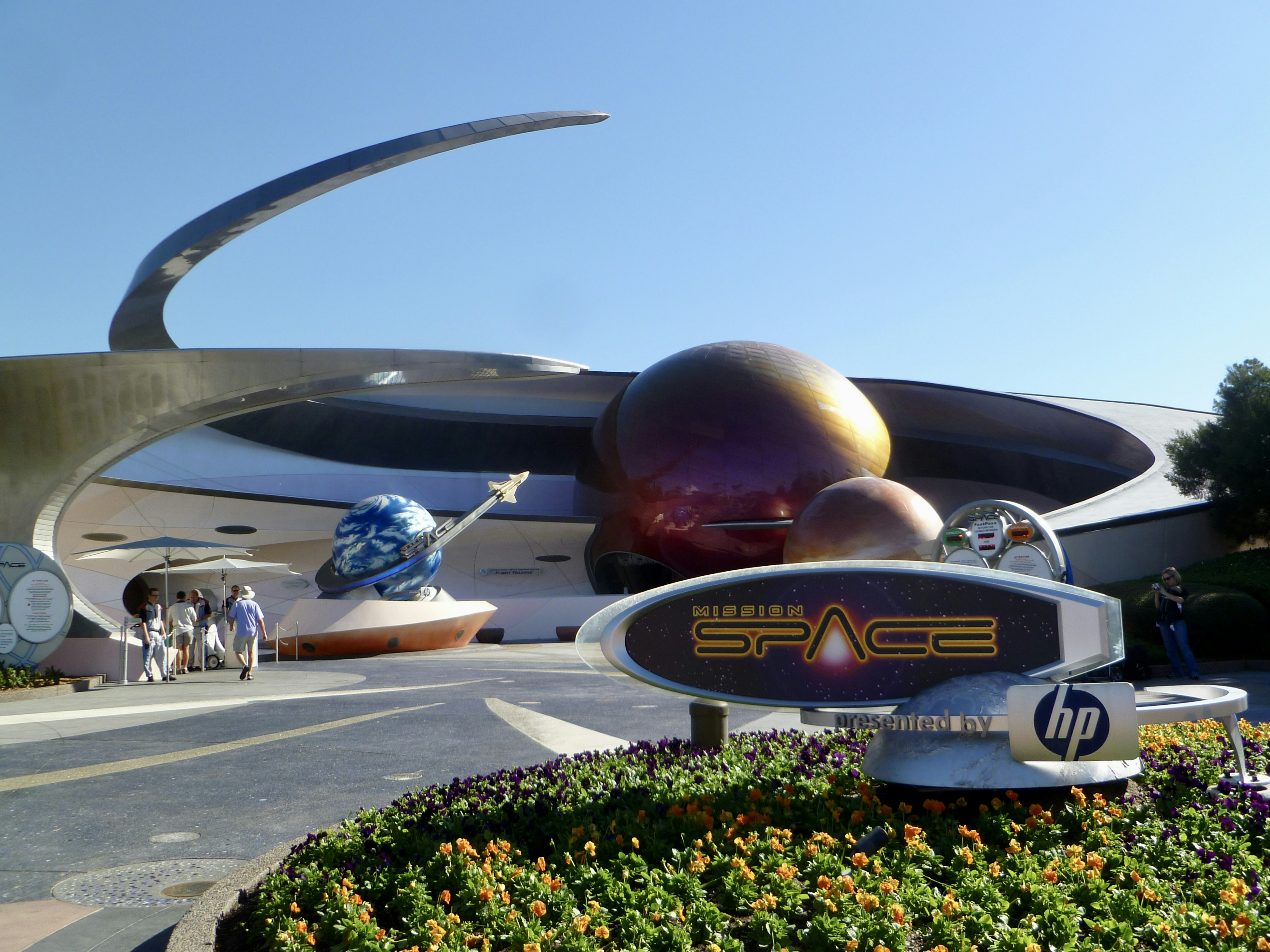
Introduction to Space Tourism
Space tourism represents a new frontier in human exploration, offering individuals the opportunity to journey beyond the Earth’s atmosphere. Traditionally, space travel has been a domain reserved for astronauts and government-sponsored missions. However, the emergence of private companies and technological advancements have initiated a shift toward a commercialized space experience. This evolution indicates not only a significant change in how we approach space exploration but also highlights the growing interest and investment in the commercial space sector.
The concept of space tourism encompasses various experiences, ranging from suborbital flights that provide fleeting glimpses of Earth from above to potential orbital stays aboard stations or hotels in low Earth orbit. Companies such as SpaceX, Blue Origin, and Virgin Galactic are at the forefront of these developments, aiming to make space travel a reality for civilians. These initiatives are fueled not only by technological innovation but also by the desire to democratize access to space, allowing ordinary individuals to partake in what was once exclusively a governmental undertaking.
The significance of space tourism extends beyond the thrill of space travel; it paves the way for advancements in technology, encourages investment in research and development, and promotes a broader understanding of our universe. As space tourism progresses, it is essential to consider its societal implications, including the environmental impact of increased launches and the potential for unequal access to these experiences. Nonetheless, the strides being made in this sector present an exciting opportunity for humanity to further its exploratory ambitions and redefine its relationship with the cosmos.
Key Companies Driving Space Tourism
The emergence of space tourism has attracted significant attention, with several key companies leading the charge toward making commercial space travel a reality. Among them, SpaceX, Blue Origin, and Virgin Galactic stand out due to their innovative approaches, unique missions, and notable achievements in the aerospace industry.
SpaceX, founded by Elon Musk, aims to facilitate not only space tourism but also interplanetary travel. Its Falcon 9 and Falcon Heavy rockets have demonstrated remarkable capabilities, providing a reliable platform for missions beyond Earth. SpaceX’s Crew Dragon spacecraft, which successfully transported astronauts to the International Space Station (ISS), serves as a model for future commercial space flights. Notably, the company is planning to offer private trips around the Moon, further showcasing its potential to revolutionize space tourism.
Blue Origin, the venture established by Jeff Bezos, emphasizes suborbital flights with its New Shepard rocket. Designed to take passengers to the edge of space and provide several minutes of weightlessness, Blue Origin’s approach caters to those looking for a brief yet exhilarating experience. The completed New Shepard missions have successfully carried both crew and payloads, marking significant milestones in the company’s quest to make space accessible to everyday individuals. Blue Origin’s future plans include developing a sustainable presence in space, enhancing the capabilities of its New Glenn launch vehicle for orbital missions.
Lastly, Virgin Galactic, spearheaded by Richard Branson, focuses on providing a unique experience through its SpaceShipTwo vehicle. By reaching the edge of space, Virgin Galactic offers passengers breathtaking views of Earth, presenting a luxurious and memorable journey. The company has commenced its commercial operations, offering ticket sales for flights and paving the way for further advancements in suborbital tourism. As these companies continue to innovate and pursue their respective missions, they play a crucial role in shaping the future of space tourism, enhancing its viability and competitive landscape.
Upcoming Missions and Their Impact
The landscape of space tourism is rapidly evolving, with several companies poised to make significant progress in the coming years. SpaceX, Blue Origin, and Virgin Galactic are at the forefront of this burgeoning industry, each with their unique missions slated for the near future. These upcoming missions not only promise to offer thrilling experiences to space adventurers but also aim to set safety standards and establish protocols that could shape the future of commercial space travel.
SpaceX’s Crew Dragon spacecraft is scheduled to conduct its inaugural commercial spaceflight, targeting early 2024. This mission aims to take private passengers to the International Space Station (ISS), providing them with an extraordinary opportunity to experience microgravity and view Earth from orbit. The objective is not only to cater to wealthy tourists but also to foster further commercial partnerships with governmental space agencies, which could enhance research opportunities and contribute to the broader space economy.
Meanwhile, Blue Origin continues to pioneer suborbital travel through its New Shepard rocket system. The company has announced multiple crewed flights for 2024, focusing on providing a brief yet exhilarating experience of weightlessness at the Kármán line, the edge of space. Blue Origin emphasizes safety through rigorous testing, and aims to normalize space travel as a feasible adventure for a wider audience, potentially opening doors for educational programs and scientific experiments.
Virgin Galactic is also progressing with its VSS Unity spaceplane, planning flights for commercial passengers in the upcoming year. The objective is to redefine the concept of space tourism by allowing individuals to experience a few minutes of weightlessness while delighting in spectacular views of the Earth. Virgin Galactic places a strong emphasis on passenger safety and comfort, having undergone extensive testing to ensure an enjoyable experience.
The anticipated outcomes of these missions could catalyze a significant shift in the space tourism industry. By establishing a framework of safety measures and service quality, these companies are not only aiming to attract affluent tourists but also looking to pave the way for a more accessible and sustainable form of space travel in the coming years. The successful execution of these missions could lead to increased public interest and investment, further propelling the growth of the space tourism sector.
Challenges and Future Outlook
The space tourism industry is poised for transformation, yet it faces a myriad of challenges that must be surmounted for it to flourish. One prominent hurdle is regulatory uncertainty. Governments worldwide are still grappling with the intricacies of space law and safety standards, which can lead to significant delays in approving chartered spaceflights. Establishing clear regulations is essential not only for safety but also for fostering investor confidence in this burgeoning sector.
Technical challenges also play a crucial role in shaping the future of space tourism. Current spacecraft are primarily designed for specific missions, meaning they must adapt for civilian use, all while ensuring safety and comfort for passengers. Developing reusable launch vehicles and life-support systems capable of accommodating paying customers is paramount for operational efficiency. Furthermore, advancements in propulsion technology will significantly enhance travel duration and cost, making space exploration more attainable for the general public.
Financial hurdles present another challenge. The exorbitant costs associated with space travel restrict it to the wealthiest individuals, limiting market expansion. For space tourism to become accessible to a broader audience, ticket prices need to decrease substantially. This is reliant on economies of scale and cost-effective technological innovations. Moreover, partnerships with private investors and government-led initiatives can ease the financial burden, fostering growth within the industry.
Public perception and demand for space tourism will also shape its trajectory. While there is a growing fascination with space travel, potential customers express concerns over safety and environmental impacts, which can hinder acceptance. Raising awareness and educating the public about safety measures and the environmental stewardship being integrated into space travel will be critical. As these challenges are navigated, projections suggest steady growth in the coming years, paving the way for an exciting new era of leisure travel beyond Earth.

